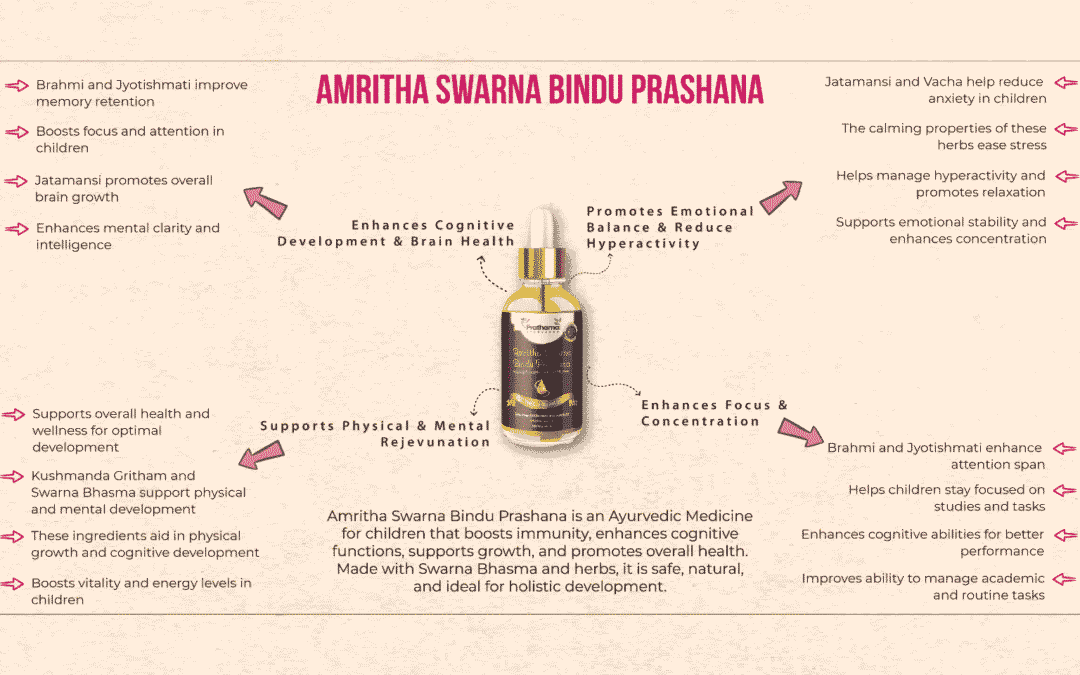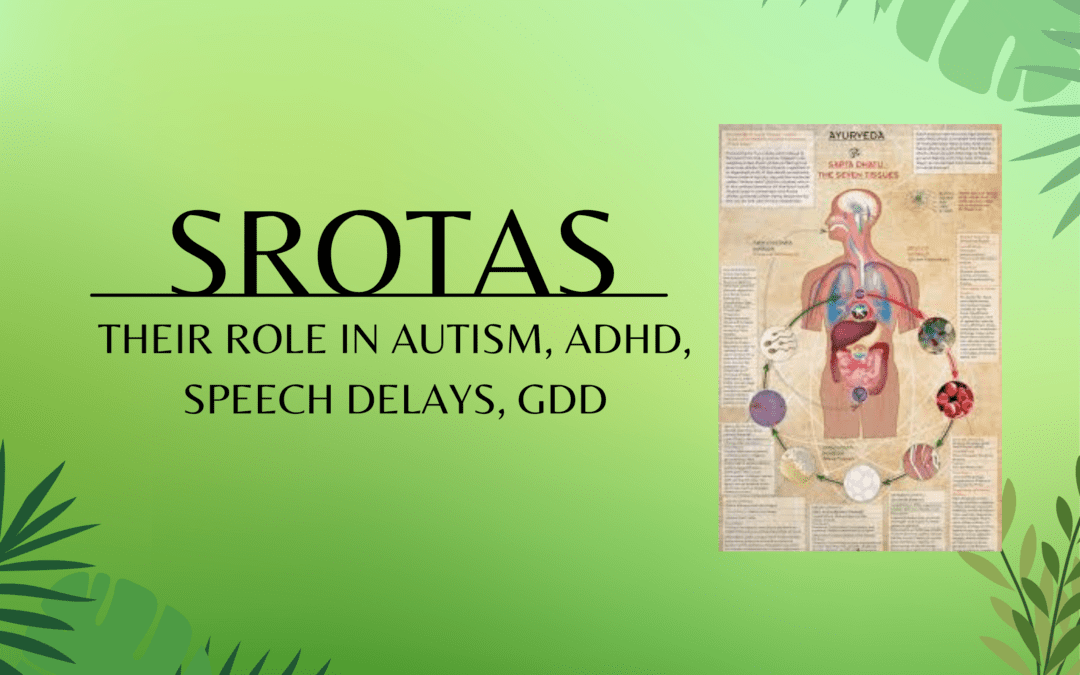Why do some people tend to remain active, fast-moving, and while others show balance and silence?
Why are some people able to eat a five-course meal with comfort, while others can hardly complete a salad?
Why are some people naturally joyful, while others look like they bear the weight of the world on their shoulders?
Though modern science suggests some insights into this but what explains the features and characteristics that make every character different? Ayurveda answers all of these questions with the Three Doshas: Vata, Pitta, and Kapha.
Vata, Pitta, and Kapha are the three life forces (Sanskrit: Dosha), which address, respectively, the unique constitution of a person. Specifically, the Pitta word is obtained from TAPA, which means heat, energy or fire. This so-called Ayurveda type is inborn and does not vary during one’s whole life. That’s why it plays a critical role in Ayurvedic medicine.
Pitta comprises the features of the fire and water element; Thus, Pitta controls all metabolic processes in the body as well as the temperature and hormonal regulation of the body. Even Hunger, thirst, and intelligence all are connected with Pitta. If the pitta fire is not balanced, then it can cause health issues such as gastritis, stomach, and intestinal ulcers, acne, eczema, and other skin diseases such as furuncles and abscesses, as well as liver infections.
Ayurveda illustrates that everything in the world is built with a unification of the three Doshas and that the Doshas themselves connect two of the five elements; Vata is Ether and Air; Pitta is Fire and Water; Kapha is Water and Earth.

DOSHA BRAIN-TYPES
As the brain is the center for mental and behavioral functioning, thus Doshas accountable for mental and physical activities will be affected according to its different patterns and the functioning of the nervous system.
Such as Vata dosha; it is associated with the profound variable in response to the environment and connected with the functioning of the nervous system or brain.
Pitta dosha, which is described by energy and associated with the zestfulness, liveliness responses of the brain and nervous system to environmental challenges.
On the other hand
Kapha dosha, which is marked by perseverance and linked with the stable activity patterns of the brain and nervous system.
Let’s have insights about the pitta brain type –
A pattern of the brain functioning works differently with the brain type; let see how-
Prefrontal executive circuits – Pitta brain type shows strong reactions towards the challenges with proper resolution. They never give up and are very energetic and goal-oriented.
Reticular activating system – Pitta brain-type becomes quickly excited and sustains a high level of focused arousal to get a duty achieved.
Autonomic nervous system – In pitta brain type, they tend to have a high-level fight-and-flight response and their autonomic response is attached to profitable goal-oriented behavior, as it turns on to achieve the goals and then turn off once it’s done.
Enteric nervous system – The Pitta brain-type has healthy digestion. They regularly feel hunger and can eat any time in a day. They have frequent bowel movements
limbic system – Pitta brain types have very strong and dynamic reactions and usually get angry.
Hypothalamic control -In Pitta brain-types, the hypothalamus has a powerful on and off switch. When switched on, the autonomic nervous system operates at its peak to achieve the aim. There is no half-way point. The hypothalamus manages a higher core body temperature and dynamic mental and physical activity that drives to the decision to consume cool drinks and foods.
Sensation-seeking in the pitta brain type
Sensation-seeking is attached to the level of dopamine; its higher level indicates risky behavior. High sensation-seeking shares several features of the Pitta brain-type with more active reticular activation that systemically enhances arousal, activation of the amygdala that triggers the nervous system to enhance resource allocation and the anterior cingulate gyrus activation increases the attention to the experience.
Dosha and autism –
When it comes to Ayurveda and autism, first and foremost, we have to declare the problems of autism according to Ayurveda. According to the Indian ayurvedic system, at the essence of the condition is the abnormal metabolism. The child is not capable of digesting the significant helpful substances, counterbalancing the noxious substances and eliminating them, thus leading to the blockage of all three Doshas.
Pitta dosha in Autism children
Pitta functions begin with the digestion of food and transforming it into energy for utilization. It regulates the metabolism and breakdown of the complicated molecules into easy ones.
Pitta dosha in Autism children gives rise to aggressive behavior, fury, and imposing at people with fists stones, and the like. The child needs coolness, shade, and water; and perceives things which are not present actually, like flames, stars, etc.
Pitta dosha in children with autism results from indigestion, excess of hot, pungent, sour, or burning foods and liquids. Pitta is intimately linked with the gray matter of the brain and has a significant relationship with the mind as a whole. Pitta is also closely arranged with various rajasic qualities, which can expand in mind and create very pitta-specific types of imbalances. High pitta in mind produces agitation, irritation, anger, and potential violence. If we talk about the Vata brain-type then in autism children, then this dosha shows an increased range of digestive power beginning to an irregular appetite, abnormal bowel movements, and frequent gas.
Early signs of pitta imbalance
Early signs of pitta imbalance in the digestive system incorporate
- excessive hunger,
- extreme thirst,
- Sense of insatiability.
- skin rashes
- As pitta expands further, it can produce
- nausea,
- vomiting,
- hiccups,
- acid reflux,
- loose stool
- heartburn,
- diarrhea,
- low blood sugar,
- Sensitivity to spicy and/or fried foods.
- The tongue might develop yellow coating, or child may feel the bitter taste,
- the yellowish or greenish color of feces
- fetid smelling breath
- Burning sensation while voiding
If the child is having long-standing pitta in its digestive tract then it can produce severe heartburn fatty diarrhea, blood in the stools, inflammation of the stomach or esophagus, appendicitis, and peptic ulcers.
Autism and Ayurveda
Herbal remedies and panchakarma treatments like takradhara are used as an ayurvedic treatment to balance the pitta dosha in children with Autism. As the saying goes” it all starts with an upset stomach.”
At Amritha Ayurvedam with the combination of herbal and ayurvedic remedies, we provide treatment to relieve symptoms of autism in children. There are also multiple treatments Takradhara, including dozens of ingredients that concurrently affect various organs and systems. After a thorough examination and diagnosis, we formulate a customized treatment plan for your children. If you are tired of allopathic autism treatment, then this time let us take off the burden from your shoulder and offer the best treatment plan with desirable results. To know more about our treatment plans you can consult us at https://www.autismayurvedam.com/ or you can directly call us at +9989759719.
Book an appointment with us. We are just a Phone call away, Let us Talk.
#ayurvedam #panchakarma #pittadosha #benefits #homeremedies #detoxification #toxins #AmrithaAyurvedam #drsanthisree #amrithaayurvedam #panchakarma #pollution #soundpollution #jatamansi #Autism #ADHD #Nosetobraindrops





0 Comments